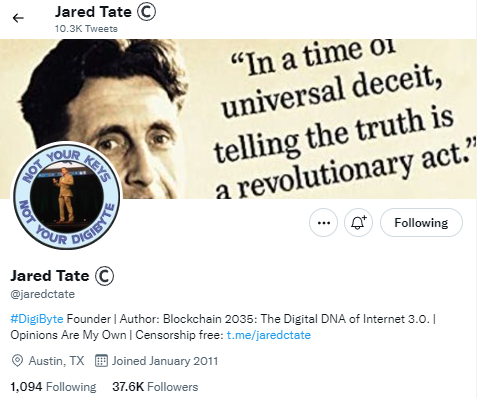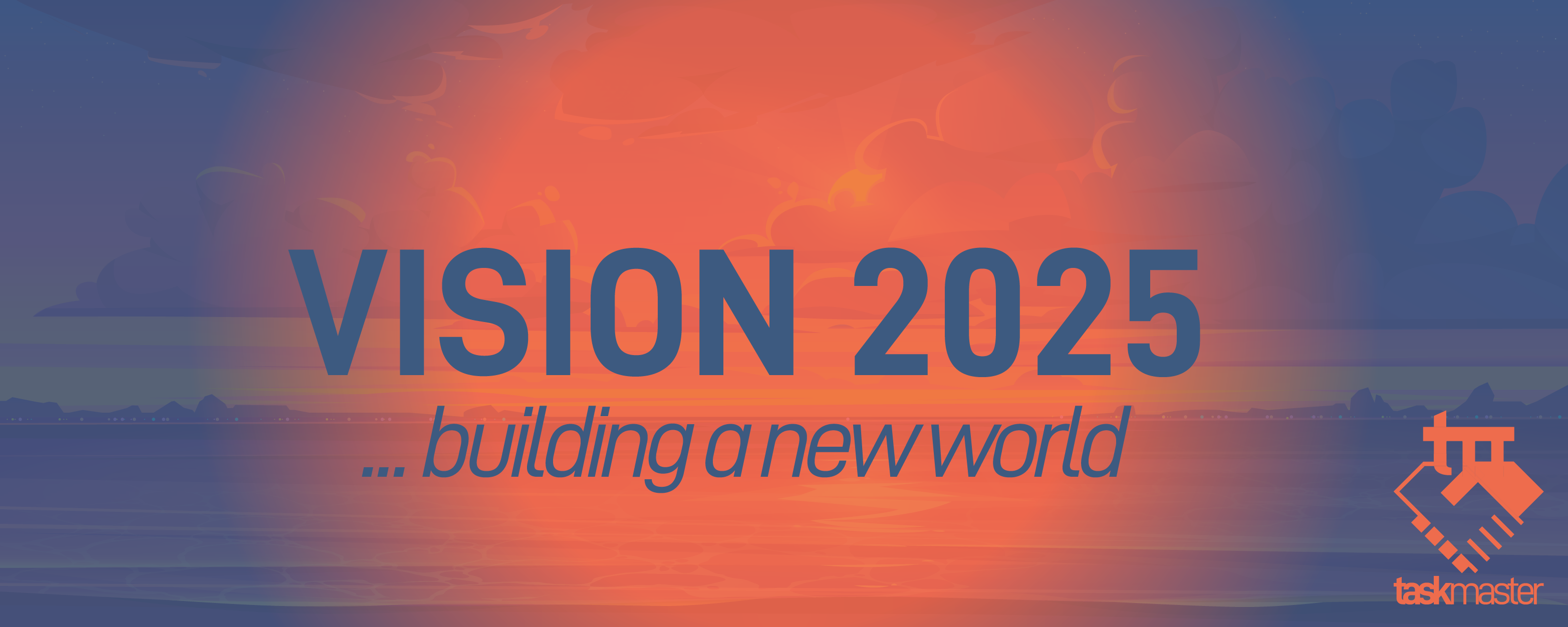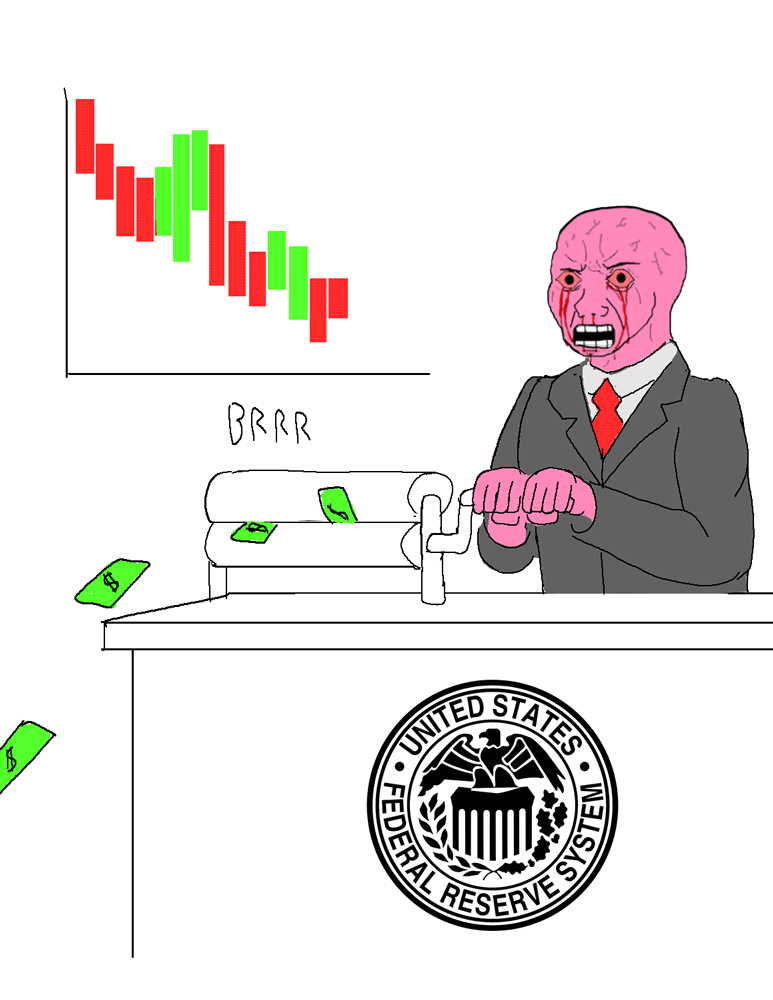Sometimes I can't help to shake my head.
Sadly the misunderstanding that is within the cryptocurrency is sometimes really stunning. This is further magnified by the fact many of the people who are afflicted with this are running projects.
There are a lot of myths out there. It is really sad that people within the cryptocurrency community buy into them. That is potentially why we get situations like UST and LUNA. People simply are unaware of how things operate.
How can we expect to build an alternative to the existing financial system when most do not even understand it to begin with? Since we have very little idea about money, how can we approach this in a way that is effective?
The sad truth most who are popping off on Twitter are just espousing ideologies, biases, and misinformation that are not very helpful. They have not taken the time to learn about what truly takes place with money or how the international banking system operates.
Let us take a look at this in action.
Dollar Shortage
There is a shortage in the US Dollar. This will come as a surprise to many and we will cover that in a moment.
Before getting to that, let us check in on Jared Tate.
Who is Jared Tate? We only need to look at his Twitter profile to find out.

We have to say very impressive. This guy must really know his stuff. You would think starting something like Digibyte shows a high degree of understanding. Of course, it is best to keep in mind this is cryptocurrency, so a 99% chance he has no clue how things work.
And sure enough, this is the case.
Here is Tweet he sent out.

Source
The problem is not in his assessment of UST. That is highly probable. It is where he throws in the hyperinflating USD. Now I will state, this is a guy who sent out Tweets in the past about the Fed's printing press.
A complete lack of understanding.
Fortunately, we can do some deep dives into the skeleton of the monetary system to learn the truth. It is something that few will embark upon but, for the sake of this article, we will do it.
Here are the results:
Despite being charged with managing the money supply, the modern Federal Reserve does not simply run new paper bills off of a machine. Of course, real currency printing does occur (with the help of the U.S. Department of the Treasury). However, the vast majority of the American money supply is digitally debited and credited to commercial banks. Moreover, real money creation takes place after the banks loan out those new balances to the broader economy.
Where did we go to do this deep dive? This is form an Investopedia entry called Understanding How the Federal Reserve Creates Money. Do you think these people know about Google or any of the other search engines?
Nevertheless, the statement is clear. The important factor is the last line. There, we see the term "real money creation" which equates to USD. Thus, USD is created when banks loan out to the broader economy.
Read that again. The Fed does not create USD but, rather, it is the commercial banking system who does this through loans.
So how will the Fed's money printer cause hyperinflation (or even inflation)?
Fed Money Creation
So if the Fed does not create USD, what do they create? This is where people get confused since the Fed does print something. However, we have to understand what is being "printed" and what the use case is.
So, once again, doing the extensive, round the clock research used to come up with the first bit of knowledge, we uncover this gem:
The Fed creates money by purchasing securities on the open market and adding the corresponding funds to the bank reserves of commercial banks.
We find this a couple paragraphs down in the same article.
So let us break this up. The Fed purchases securities from the commercial banks. What happens when something is purchased? Someone gets paid. In this instance the Fed is paying the commercial banks for the securities.
The question is what are they purchasing them with? Are they just printing USD and buying the securities? No, we just showed how the Fed doesn't print USD. However, what we see here is another indication of this fact.
If the Fed paid for the securities in USD, why would they have to add it to the commercial bank's balance sheet? After all, if the USD was paid to the bank, it would instantly be there. Yet there it is: adding the corresponding funds to the bank reserves of commercial banks.
The reason this is the case is because the Fed is not paying in USD. It enters the open (Repo) market with reserves, not USD. Hence, when it buys the security, it has to put the reserve on the commercial banks balance sheet.
And, for those who understand double-entry accounting, for each asset added there needs to be a liability. In this instance, the Fed's balance sheet is receiving an asset (the security it bought), thus it needs a liability. Here is where the reserve shows up, as a liability.
Which also proves that what the Fed creates is not legal tender. Fed liabilities are not legal tender. In the United States, the USD is legal tender. Since the Fed does not create legal tender, it has to be printing something other than USD.
The last part requires a truly deep dive by reading the Federal Reserve Act of 1913 and the Banking Act of 1933.
So once again, how can the Fed create hyperinflation when they have nothing to do with the supply of USD?
Signs Of A USD Shortage
Sometimes a little common sense goes a long way. How do you know if there is a USD shortage? Simply consider the supply/demand implications.
In short, there are three factors that tell you exactly where the situation stands. Where there is a shortage of USD globally, we see:
- Interest Rate Swap Spreads worsen
- USD rises in exchange value
- Demand for safe assets
Since there is less USD out there, the ability to acquire US Treasuries, especially TBills, is reduced. With this being pristine collateral in the Repo Market, firms are paying up. The shortage that we saw post Great Financial Crisis is only worsening. This means that USD is increasing in scarcity.
Of course, if you believe the Fed prints USD, this makes no sense. However, understanding the Fed just creates essentially a token that can only be help by depository banks allows us to see that it is the commercial banks who would have to be making loans like there is no tomorrow.
In fact, the response to the pandemic led to a 20 month period (April 2020-December 2021) where the USD supply grew by 2.5%.
Not exactly hyperinflationary.
If you found this article informative, please give an upvote and rehive.

gif by @doze

logo by @st8z
Posted Using LeoFinance Beta


